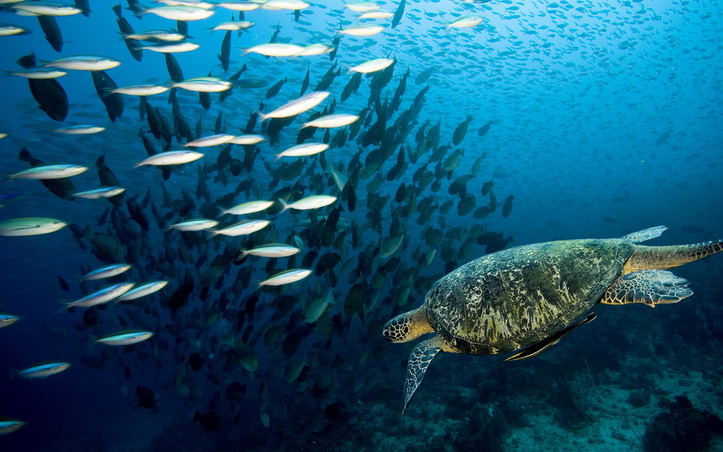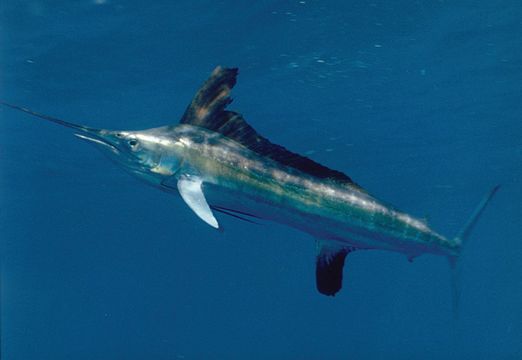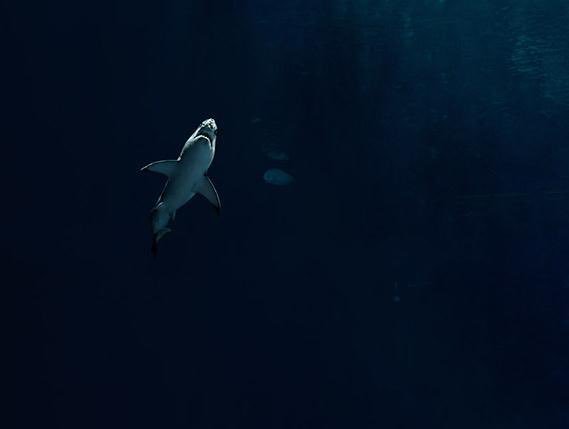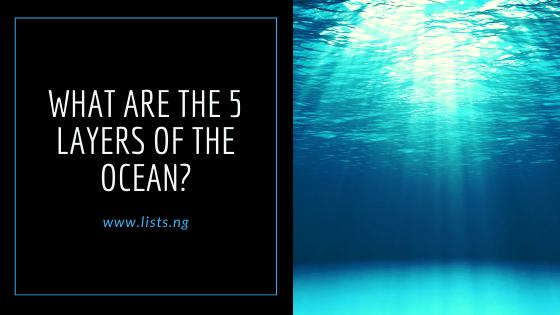About 71 percent of the Earth’s surface is covered by the ocean. Earth has one global ocean which has been divided by oceanographers and the nations of the world into distinct geographic regions: the Pacific, Atlantic, Indian, and Arctic oceans. However, whichever the region, oceans are generally made up of 5 distinct layers with their own features and characteristics. The layers range from the surface layer where most ocean activities like fishing and surfing occur, to the deepest, darkest and often unexplorable depths.
Below are the 5 layers of the ocean.
1. Epipelagic Zone

The epipelagic zone is the uppermost part of the ocean where there is enough sunlight to allow photosynthesis. This zone reaches from the sea surface down to approximately 200 m (650 feet).The epipelagic zone only represents 2-3% of the entire ocean.
2. Mesopelagic Zone

The mesopelagic zone is sometimes referred to as the twilight zone or the midwater zone. It is the zone beneath the epipelagic zone and above the bathypelagic zone, with depths generally between 200 and 1,000 m (656 and 3,280 ft). The mesopelagic zone receives very little sunlight and is home to many bioluminescent organisms. The limited sunlight also makes it impossible for photosynthetic organisms to survive
3. Bathypelagic Zone

The bathyal zone or bathypelagic is the part of the pelagic zone that extends from a depth of 3,300 to 13,100 ft below the ocean surface. The bathyal zone is in permanent darkness, with only a tiny amount of sunlight able to penetrate. There is no primary production of plant life in the bathyal zone, so all creatures that live there are carnivorous.
4. Abyssopelagic Zone

The abyssopelagic or abyssal zone is the layer of the ocean from 13,000 feet to the sea floor at 20,000 feet. The abyssal zone is in total darkness with extreme temperatures near freezing and pressure of up to 600 times that of the surface. Invertebrates like sea stars and squids can survive in this environment. The Abyssal zone alone makes up over 83% of the ocean and covers 60% of the Earth.
5. Hadalpelagic Zone
:max_bytes(150000):strip_icc()/exploring_marianas_june21-hires-59d6fb02af5d3a0011d51c42.jpg)
The hadopelagic zone is the deepest region of the ocean lying within oceanic trenches. The Hadalpelagic zone lies between 19,686 feet to 36,100 feet, depending on the trenches and valleys in the area. The hadopelagic zone can reach far below 20,000 ft deep and the deepest ever explored is Japan’s Mariana Trench which sits at 35,797 ft. Lack of light and extreme pressure makes this part of the ocean difficult to explore without special kits






